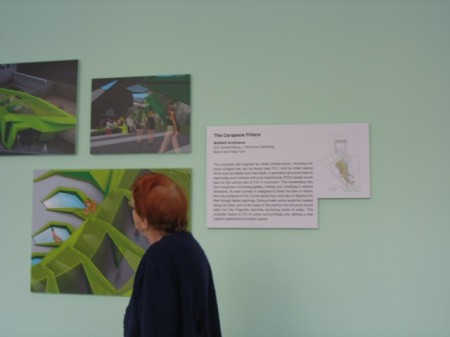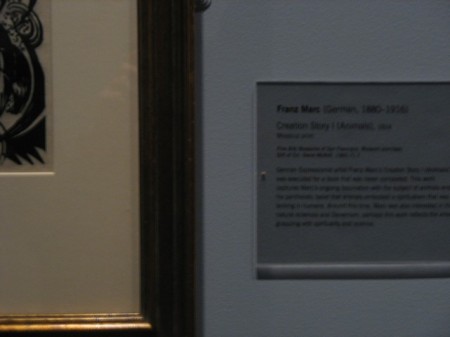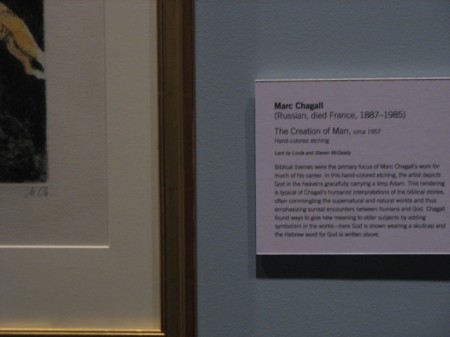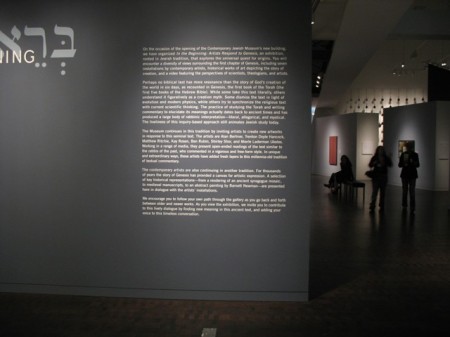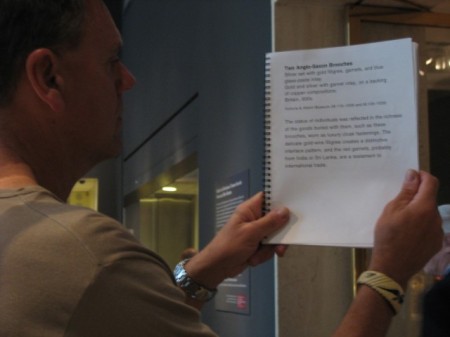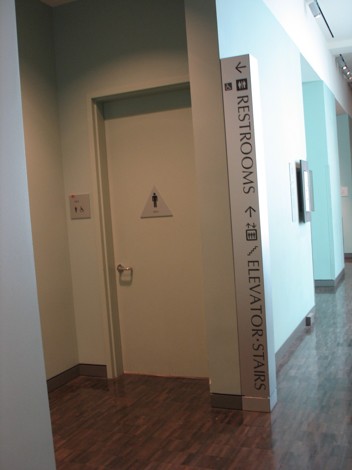Our friend Dotty DeCoster, a dedicated and thoughtful museum visitor, recently visited the Royal BC Museum in Victoria, British Columbia and sends this report:
“We went up to Victoria for a few days over Christmas weekend and among other visitations and ramblings about town, visited the Royal Museum, which is right on the waterfront next door to the Parliament Buildings (for B.C.).
“This museum remains what I think of as the quintessential natural history/provincial history museum. I do not understand why the dioramas here are so much more lovely and interesting than those in other places — and I’ve seen dioramas in many, many places. But they are. Perhaps it has something to do with the way that each one is treated separately, based on its theme, and each is uncluttered while containing just the right number of exemplar artifacts? I really don’t know. But they are wonderful. New to me was the ‘undersea’ display — one is in a model (20,000 Leagues Under the Sea style) undersea module. It is a treasure, with interactive displays built in. (The older displays have been added to with nearby hands-on opportunities, games, and activities.)
“But best of all, this museum has seating in every single display, along with devoting all of their “wasted space” (really well lit view corridors) to seating. It is truly comfortable to be in this museum, to take time at each display. The model town and the amazing space devoted to northwest coast native artifacts are not quite so well endowed — which is to say that there is seating, but it is not quite so integral to the display cases, and they were designed expecting people to climb stairs (but there are ways to avoid this).
“The museum has an inexpensive cafe, lots of restrooms, and a whole wing devoted to a comfortable seating area which serves as a living room for visitors to Victoria, whether or not you pay museum admission. There’s also a store, but we didn’t have any trouble avoiding it.
“In terms of displays, although I like the whole museum and admire the taxidermy, the most important exhibits (in the sense of world wide interest) are certainly the Northwest coast native (aboriginal, I believe, is the Canadian term) collection. The collection is extensive, inclusive, and well interpreted. Low light, of course, because they are actual artifacts, not copies.
“Take your time, then go find a seat and rest, then come back. It’s a lot to take in on one visit. Escalators serve the exhibition floors. (I like this — you can peek at things as you go from one floor to another.)”
Thanks, Dotty!
(Note: Photos were downloaded by me from the museum’s website)

















